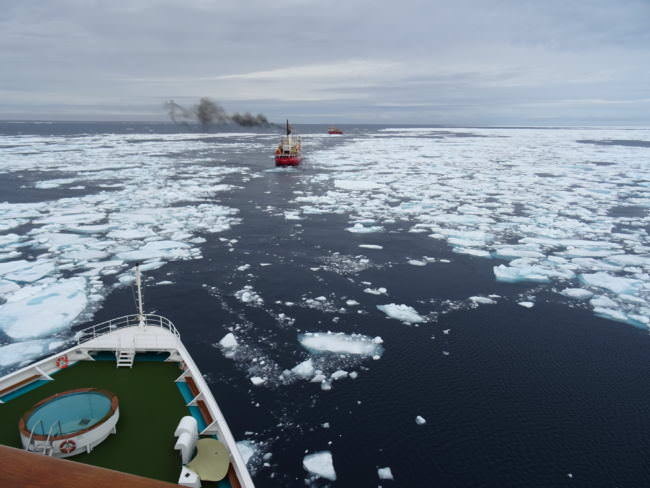
Each September, Arctic sea ice extent reaches it’s annual low before gradual refreezing begins. It’s a climate change marker scientists watch closely.
According to climatologist Brian Brettschneider, with our Ask a Climatologist segment, this year’s Arctic sea ice retreat won’t break the record set in 2012, but it’s not too far behind. Brettschneider says it’s strikingly low compared to two decades ago.
He said the ice extent is shaping up to be around the 7th lowest on record.
Interview Transcript:
Brian: Based on the daily data from the National Snow and Ice Data Center it appears that we possibly have reached that annual minimum. They have to make that official call, but if it hasn’t already occurred in the last day or so, we’re within one or two days and the value isn’t going to change that much.
Annie: But just last month things looked like they might end up much different, right?
Brian: If you looked at the trend line of where we were heading, all the way running up through mid-August, we were running just slightly ahead of the lowest sea ice extent on record. So it looked like we were going to be neck and neck for possibly a new seasonal minimum. But what ended up happening is that the atmospheric conditions that promote melting or lack of melting in the high Arctic tilted toward protecting that ice in the last month. So all the things that could have gone wrong and sent us in a new record low, they didn’t happen. And the ice held on better than we normally would have expected. So instead of the lowest on record, or second lowest, we’re probably going to end up somewhere in the 6th to 8th lowest sea ice extent on record.
Annie: But even the 6th or 8th lowest on record is pretty low, right?
Brian: Right, so if you look at the lowest values. All of the 11 lowest values have occurred in the last 11 years. So it’s a different regime than we had decades ago, where the September sea ice minimum was in the 6.5 to 7.5 million square kilometer range. Now it’s consistently lower than 4.5 to 5 million. Every year, our sea ice minimum is that much different than it was as little as two decades ago.
Annie: And why do scientists watch the Arctic Sea ice extent so closely?
Brian: It really is a driver of a lot of the globe’s climate. The presence of the ice acts as a control on the temperature of the entire planet. When there is ice on the water, it acts like a mirror for solar energy. As soon as the sun’s energy hits that, it bounces back into space. It’s kind of like it never occurred. But when you take away that ice, you make it so the exact opposite occurs. That water absorbs that solar energy and then it heats up and that changes a lot of things as far as atmospheric patterns, ocean currents, positions of the jet stream- just many, many cascading effects, so when you remove that ice, the whole globe’s weather and atmospheric patterns can shift into a new regime.
Annie Feidt is the broadcast managing editor at Alaska Public Media. Reach her at afeidt@alaskapublic.org. Read more about Annie here.





